Anthony Albanese’s errors undermined any hope of achieving change through the voice
Last year’s vote was a trainwreck. Let’s learn from our mistakes and plan an approach that takes into account the views of all Australians.
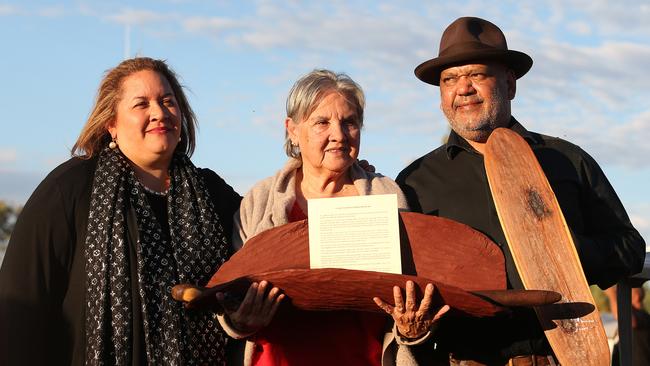
It’s four months since the referendum. The result was a disaster for the country and a tragedy for First Australians. There has been little appetite for public discussion about the lessons to be learnt from this abject failure.
Some of the key proponents saw nothing wrong with the process and nothing wrong with the wording of the proposed change. They think racism played a key part in the result. If they’re right, there will be no point in attempting again constitutional recognition of First Australians. But they may be wrong – and I hope they are. There may be a prospect of future constitutional change but not with the process that was adopted and not with the wording proposed in 2023. It’s time to begin the conversation about past mistakes, before we all start forgetting what went on.
The major challenge for the country in the future will be according First Australians agency and self-determination while remaining true to the undoubted rules for constitutional change. Indigenous leaders will not accept minimal symbolic change to the Constitution. It will be necessary to find that sweet spot of substantive change acceptable to most members of the commonwealth parliament. There may be one, but there may not. Finding it will take great trust and collaboration.
The proposed addition of a new chapter of the Constitution setting up the voice was first suggested by Noel Pearson after it became clear the recommendation of the 2012 expert panel (of which he was a member) for a racial non-discrimination clause would not fly. Constitutional conservatives had labelled the non-discrimination clause a one-line bill of rights. It was a thought bubble floated by a hand-picked expert panel – a thought bubble that would burst the moment it was subject to scrutiny by a broad range of politicians, lawyers and the public.
The idea of a voice was rejected out of hand over some years by three Liberal prime ministers in a row – Tony Abbott, Malcolm Turnbull and Scott Morrison. The present Opposition Leader, Peter Dutton, was a cabinet minister in all three of those governments, led by prime ministers from all spectrums of the Liberal Party.
Turnbull worked in co-operation with opposition leader Bill Shorten to finalise the membership and mandate of the Referendum Council that authorised the Uluru Dialogues culminating in the Uluru Statement from the Heart published in May 2017. The Referendum Council, like the 2012 expert panel, was a group hand-picked by government. The gathering at Uluru was preceded by a series of community consultations among First Nations peoples.
According to Turnbull, prior to those consultations, Pearson informed him and Shorten back in November 2016 “that he was expecting the Uluru conference to recommend that there be a change to the Constitution to establish ‘a voice’, which would be a national advisory assembly composed of and elected by Aboriginal and Torres Strait Islander peoples”. Shorten had previously said the idea had “a snowball’s hope in hell”. Turnbull agreed, telling Pearson: “Noel, you can recommend whatever you wish – you’re entitled to my honest opinion, not my acquiescence.”
The Uluru Statement from the Heart called for “the establishment of a First Nations voice enshrined in the Constitution”. After Uluru, the Referendum Council recommended “a referendum be held to provide in the Australian Constitution for a representative body that gives Aboriginal and Torres Strait Islander First Nations a voice to the commonwealth parliament”. This first recommendation made no mention of a voice to executive government. It’s important to note the Referendum Council insisted on separating the voice from a “declaration of recognition”.
The first recommendation did state: “The body will recognise the status of Aboriginal and Torres Strait Islander peoples as the First Peoples of Australia.” But there followed a second recommendation: “That an extra-constitutional declaration of recognition be enacted by legislation passed by all Australian parliaments, ideally on the same day, to articulate a symbolic statement of recognition to unify Australians.”
This second recommendation fell by the wayside.
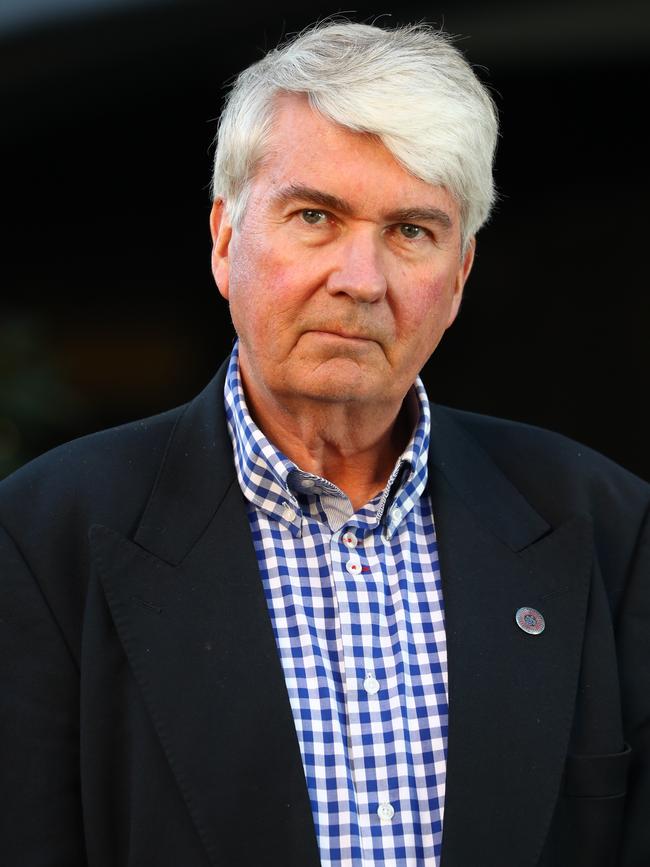
Dangers of confusion
A 2018 joint parliamentary committee was set up to consider the way forward; it was chaired by Labor senator Patrick Dodson and Liberal MP Julian Leeser. Dodson later became the Special Envoy for Reconciliation and the Implementation of the Uluru Statement from the Heart. Leeser was the shadow minister for Indigenous Australians until relinquishing the position so he could campaign for the voice. The committee included Linda Burney and Malarndirri McCarthy, who then became Minister and Assistant Minister for Indigenous Australians. Also on the committee was Warren Snowdon, a long-time Labor member of the House of Representatives for the Northern Territory.
The committee was very aware that only eight out of 44 referendums had succeeded since Federation. No doubt the Labor members were painfully aware 24 of Labor’s 25 attempts had failed, the only success being the 1946 referendum expanding the commonwealth’s power to grant welfare benefits.
The committee heard from a bevy of constitutional law academics including professors Anne Twomey, George Williams, Cheryl Saunders, and Megan Davis. Davis and Williams agreed on the “important role a national convention might play in … enabling non-Indigenous Australians to walk through a deliberative decision-making constitutional process that enables them to better understand the exigency of a voice to parliament”.
Twomey warned: “Constitutional commissions or other expert bodies may also be the subject of suspicion because they are invariably appointed by governments. An elected constitutional convention, on the other hand, gives the people a positive role in initiating constitutional reform.”
The committee received 18 very different suggestions for wording to establish a voice enshrined in the Constitution. For example, Dodson and Snowdon proposed:
“1. There shall be a First Nations voice to parliament;
2. The voice shall not be a third chamber of the parliament;
3. The voice shall be advisory only and its advice will not be justiciable, and;
4. Its powers and functions shall be determined by the parliament of Australia.”
A couple of months after the closing date for submissions, three of the leaders of the Uluru Dialogues (Pearson, Davis and Pat Anderson) submitted a more expansive proposal. The committee was unanimous in the view that “neither the principle nor the specific wording of provisions to be included in the Constitution are settled. More work needs to be undertaken to build consensus on the principles, purpose and the text of any constitutional amendments”.
The Morrison government did nothing to progress constitutional recognition. But it did establish the Calma/Langton committee to co-design a model for the voice regardless of whether it be legislated or included in the Constitution. I was privileged to serve on that committee.
The Labor Party in opposition committed itself to full implementation of the Uluru Statement. On election, Prime Minister Anthony Albanese made three captain’s picks. First, he went to the Garma Festival and announced the Pearson/Davis/Anderson proposal as the preferred model of words for inclusion in the Constitution. He said it could be used “as the basis for further consultation. Not as a final decision but as the basis for dialogue, something to give the conversation shape and form. I ask all Australians of goodwill to engage on this”.
Second, he abandoned any idea of a constitutional convention or parliament-sponsored process for public involvement in the design of the constitutional provision. Instead he chose a Referendum Working Group of 21 Aboriginal and Torres Strait Islander persons with whom the government would negotiate in confidence. He thought he could shame Dutton into coming on board without the need for a formal platform including the opposition.
Third, he appointed an eight-member Constitutional Expert Group including Twomey, Saunders, Williams and Davis, all of whom had previously recommended some form of public cross-party process, but who now were locked into confidential government negotiations with the hand-picked group of Aboriginal and Torres Strait Islander representatives.
The proposed constitutional change was too loosely worded and the process for seeking bipartisanship non-existent. For example, the amendment proposed that the voice could make representations to government on any matters relating to Aboriginal and Torres Strait Islander peoples. This would have included representations being made to public servants prior to the making of routine administrative decisions impacting on Aboriginal and Torres Strait Islander peoples. The proposed wording announced by Albanese at Garma was not the product of a constitutional convention. It was not even the result of a parliamentary process winning support of most members.
In the absence of agreement about the meaning and scope of tight constitutional wording, the assurances of admirable retired justices (such as Robert French and Kenneth Hayne) counted for little, especially when there was legal disagreement with other reputable, though philosophically otherwise disposed lawyers (such as retired justice Ian Callinan and the nation’s most experienced silk in constitutional litigation, David Jackson). Last year we had substantial confusion, with each side quoting their preferred top-flight lawyers who could not agree.
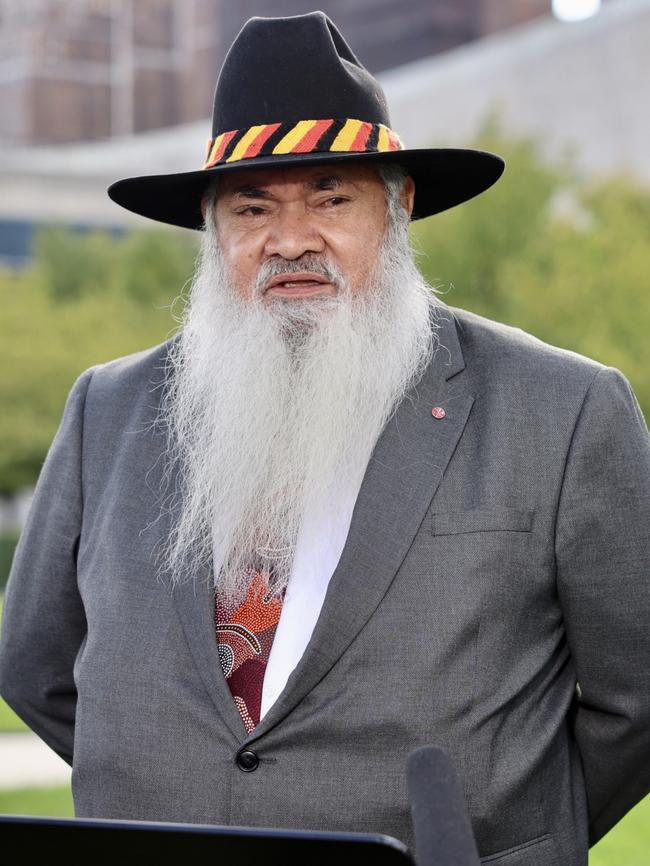
Albanese’s blunders
During the last sitting week prior to the winter break last year, the government made vain, belated efforts to limit the scope of the new wording proposed for the Constitution, urging us all to read the Attorney-General’s second reading speech. The contested issue was over the ambit of the clause that provided: “The Aboriginal and Torres Strait Islander voice may make representations to the parliament and the executive government of the commonwealth on matters relating to Aboriginal and Torres Strait Islander peoples.”
Albanese told parliament: “The Attorney-General’s second reading speech made it very clear that they would advise on ‘matters specific to Aboriginal and Torres Strait Islander peoples’ and, importantly, on ‘matters … which affect Aboriginal and Torres Strait Islander peoples differently to other members of the Australian community’.”
Dutton told parliament: “There are no words that the Attorney-General can include in his second reading speech that will override the words inserted into the Constitution. Let’s be very clear about that. The Attorney-General knows that. This legal nonsense that was put forward by the government this week that some sentence inserted by the Attorney-General into the second reading speech will somehow override the provision in the Constitution is a legal nonsense.”
Dutton was right. Nothing said or done by parliament could impose limits on the scope of broad language in a proposed constitutional change. The voice would have been able to make representations to parliament and to all levels of executive government (including public servants and agencies such as the Reserve Bank and Centrelink) on any matters relating to Aboriginal and Torres Strait Islander peoples.
The process for determining the constitutional provision was non-inclusive, and depended on closed-door discussions between government and a hand-picked group of Indigenous leaders. The Uluru Dialogues excluded not only the National Congress of Australia’s First Peoples. It also excluded the Aboriginal members of the commonwealth parliament. Attempts to classify Uluru as a constitutional convention were foolish, given that 97 per cent of the Australian voters had no representation whatever at the meeting. There is no point in seeking constitutional change unless there has first been a constitutional convention representative of the nation, or else a transparent, inclusive parliamentary process resulting in an all but unanimous recommendation.
It made good sense to include an extensive First Nations consultation process. But it was so structured that those such as Warren Mundine and Jacinta Nampijinpa Price were left outside the tent. Lidia Thorpe had been allowed in, but she stormed out. It was folly to presume the First Nations consultation process could substitute for some style of constitutional convention in which diverse non-Indigenous perspectives could also be at the table.
The idea of the “voice” was devoid of content. Some key Indigenous leaders favoured legislation first, others decried any such attempt, and some espoused the tabling of an exposure draft, as occurred with same-sex marriage.
The Prime Minister’s three major errors were: not seeking any bipartisan approach prior to or immediately after the Garma announcement on July 22, 2022; not providing any detail on the voice despite the call by those of us on Calma/Langton to legislate first, and despite Noel Pearson’s call that an exposure draft bill be produced so the punters might know what they were voting on (much like same-sex marriage), and; not setting up any parliamentary-supervised process for buy-in by all stakeholders until April 4, 2023. By then the words were set in concrete and voters were hardening in their views. The Nationals had already said no and the Liberal Party was about to do the same. As key Liberal senator Andrew Bragg said, the parliamentary committee that was then set up was a joke and the drafting of the amendment was intellectually unsound. He’d know because he was on the committee and was a leading Yes supporter among the Liberals.
It was always crazy to think you could amend the Constitution without a bipartisan process in place, without a fleshed-out model of a voice for voters to understand what they were being asked to vote for, and with a confidential process conducted with a government- picked group of advisers.
This was nothing like the 1967 referendum or same-sex marriage plebiscite. Those votes were about treating everyone the same. This was asking the Australian people to approve a special provision for Aboriginal and Torres Strait Islander peoples. Many voters of goodwill wanted to know what it would look like, how it would make a difference, and how it would not divide the country. Too often they were treated as racists or fools.
What we’ve learned
Previous instances of the voice – such as ATSIC and the Congress of Australia’s First Peoples – were seen to be inadequate, but there was no agreement as to where the “voice” would line up on the spectrum of previous instances. How would it help close the gap?
There is a need for community groups and leaders to get better at calling government to account when the basic rules of political process are not being followed. Constitutional change is very different from legislative change or a new policy announcement by a government with a fresh electoral mandate.
There is a need for us to better educate people about equality. Equality is not the same as sameness. There is a coherent, developing philosophical tradition about the distinctive rights of Indigenous peoples regardless of their poverty, disadvantage or dispossession. It’s time also to confront where there is not common ground in the Australian community. We have absolutely no agreement on the issue of equality under the law. Most of those who voted no thought a constitutional voice would divide the nation because the Constitution should treat everyone the same.
We Australians are not alone wrestling with this issue of equality. It has three aspects. To what extent should we allow positive discrimination in favour of citizens who together with their ancestors have suffered acute injustice? To what extent should we make special provision for those who rightly claim an Indigenous heritage? To what extent should we recognise perpetual, collective rights rather than individual rights that might be supplemented by temporary special measures to address disadvantage?
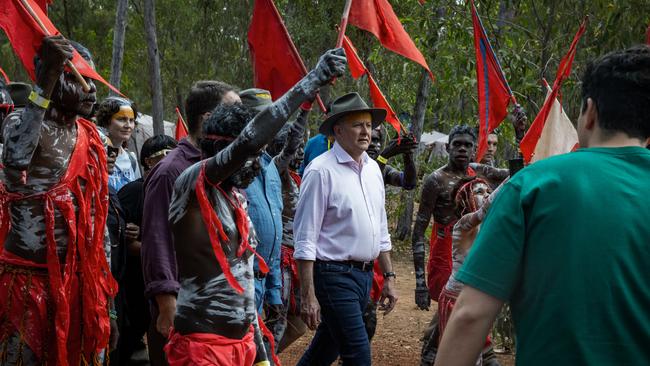
There is a need for non-Indigenous Australians to be more attentive to the despair being felt by First Australians in the wake of the 40-60 referendum defeat. This is the case especially in those remote communities that voted overwhelmingly in favour of the voice.
There is a need to educate our fellow Australians about the Constitution and constitutional change. For the average voter, the Constitution is a boring document, little known or understood especially by new Australians, and yet it can be amended only by a super-majority of the people. Only eight of 45 referendums have succeeded. Only one of Labor’s 26 attempts has succeeded (and that was in 1946). Unless the key elected leaders of the nation are singing from the same hymn sheet, confusion, misunderstanding and mistrust among the voting public are inevitable.
There is a need to acknowledge racism is still an element of Australian society and identity, but racism was NOT a chief cause of the referendum loss. Bipartisanship is a necessary (though not necessarily sufficient) condition for constitutional change. When the process and wording are deficient, more work needs to be done to foster some semblance of bipartisanship.
There is a need to realise the referendum loss now places the assimilation debate back on the national agenda. Gains of the last generation have been lost. Meanwhile, how do governments and the courts currently address questions of effective and accountable representation of Indigenous interests (in criminal processes, in social welfare agencies, in native title)?
The Yes case was conducted on the basis that existing consultative structures between government and First Nations service providers were grossly inadequate. But some of these consultative bodies are well-resourced, well-respected and long established.
Hearing government ministers during the referendum debate, one could have been forgiven for thinking the many advisory bodies currently in place did not exist, or that they were not listened to by ministers and senior public servants in Canberra, or that they gave useless advice. Maybe these bodies can be improved. Maybe it’s time to audit the performance of the many advisory bodies and better co-ordinate their access to government and to the parliament by means of the parliamentary committee processes.
As I said at the outset of the referendum campaign, the only set of words that had any chance of winning the constitutional double majority was a formula endorsed by both Noel Pearson and John Howard. In his 2022 Boyer Lectures, Pearson said he had “engaged with Howard since the 2004 election”. But there is no evidence the two ever engaged during the referendum campaign other than over the airwaves, and with no prospect of agreement. Next time, the leadership will be different, but the same range of unanimity will be required.
Next time we will need an Uluru-type process followed by a constitutional convention allowing representation of all viewpoints. We should only forego a proper constitutional convention if there is broad support in the parliament for whatever is recommended by an Uluru-type process. The moving image of Pat Anderson, Megan Davis and Noel Pearson at Uluru will need to be supplemented by a similar image of them together with the prime minister, leader of the opposition, and the leaders of the minor parties in our parliament. Without that second frame, forget it. None of us can afford another trainwreck like last year’s referendum.
This is an edited version of an article that appeared first in Eureka Street.

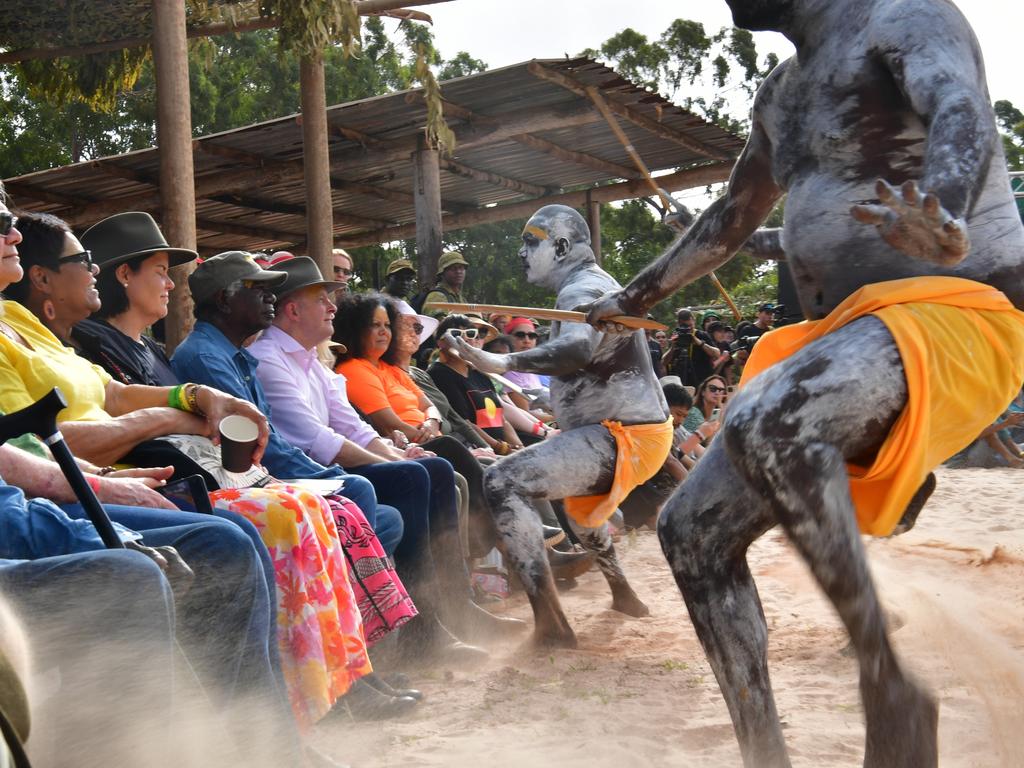

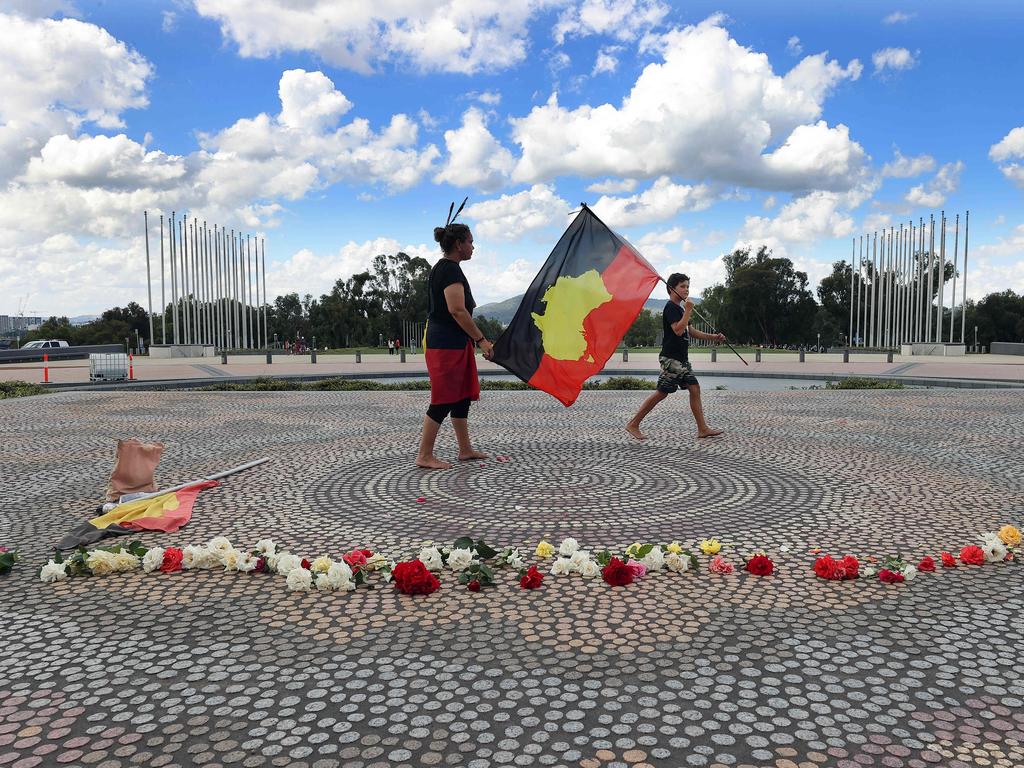
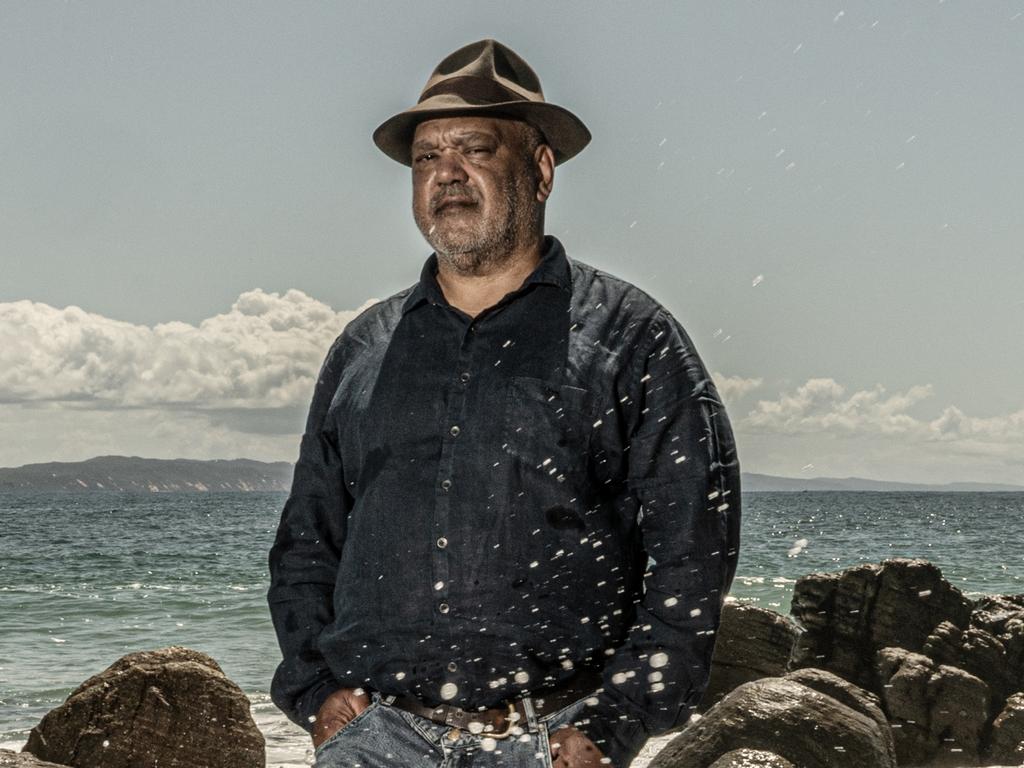
To join the conversation, please log in. Don't have an account? Register
Join the conversation, you are commenting as Logout